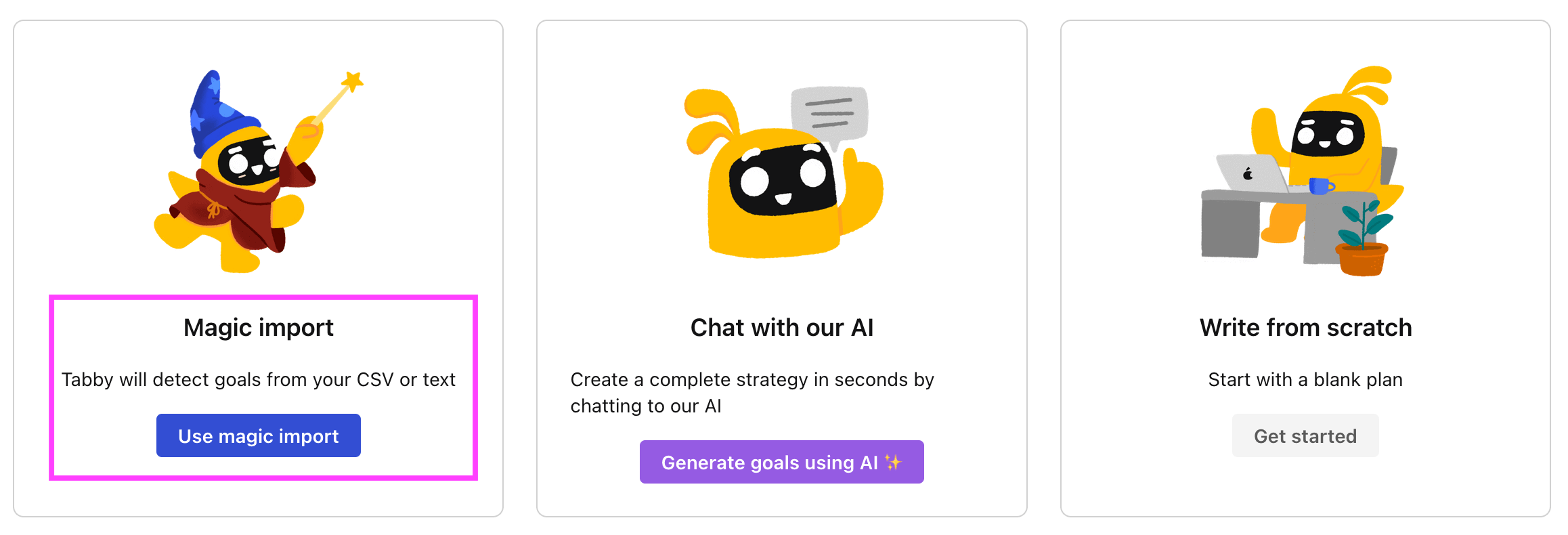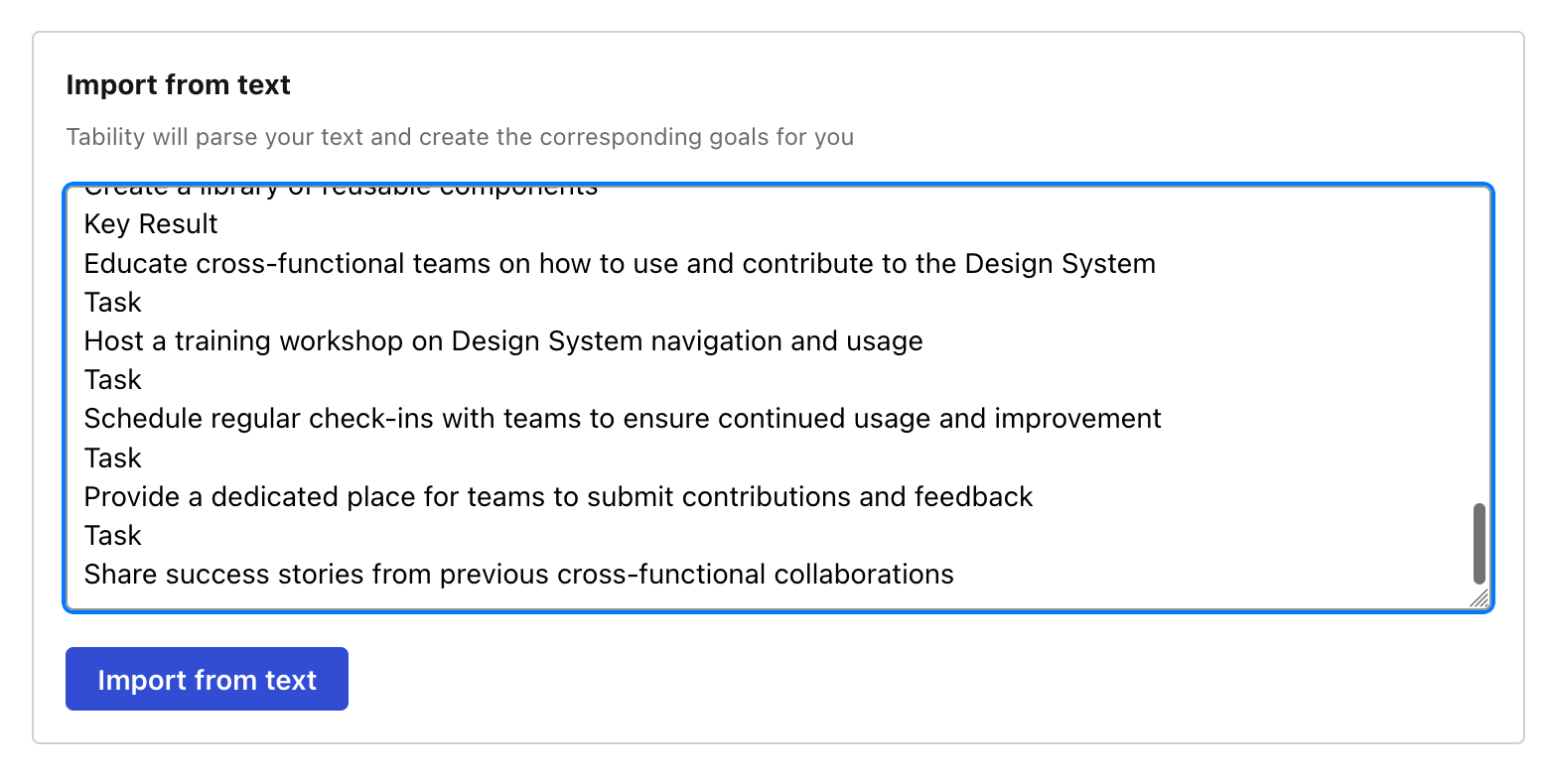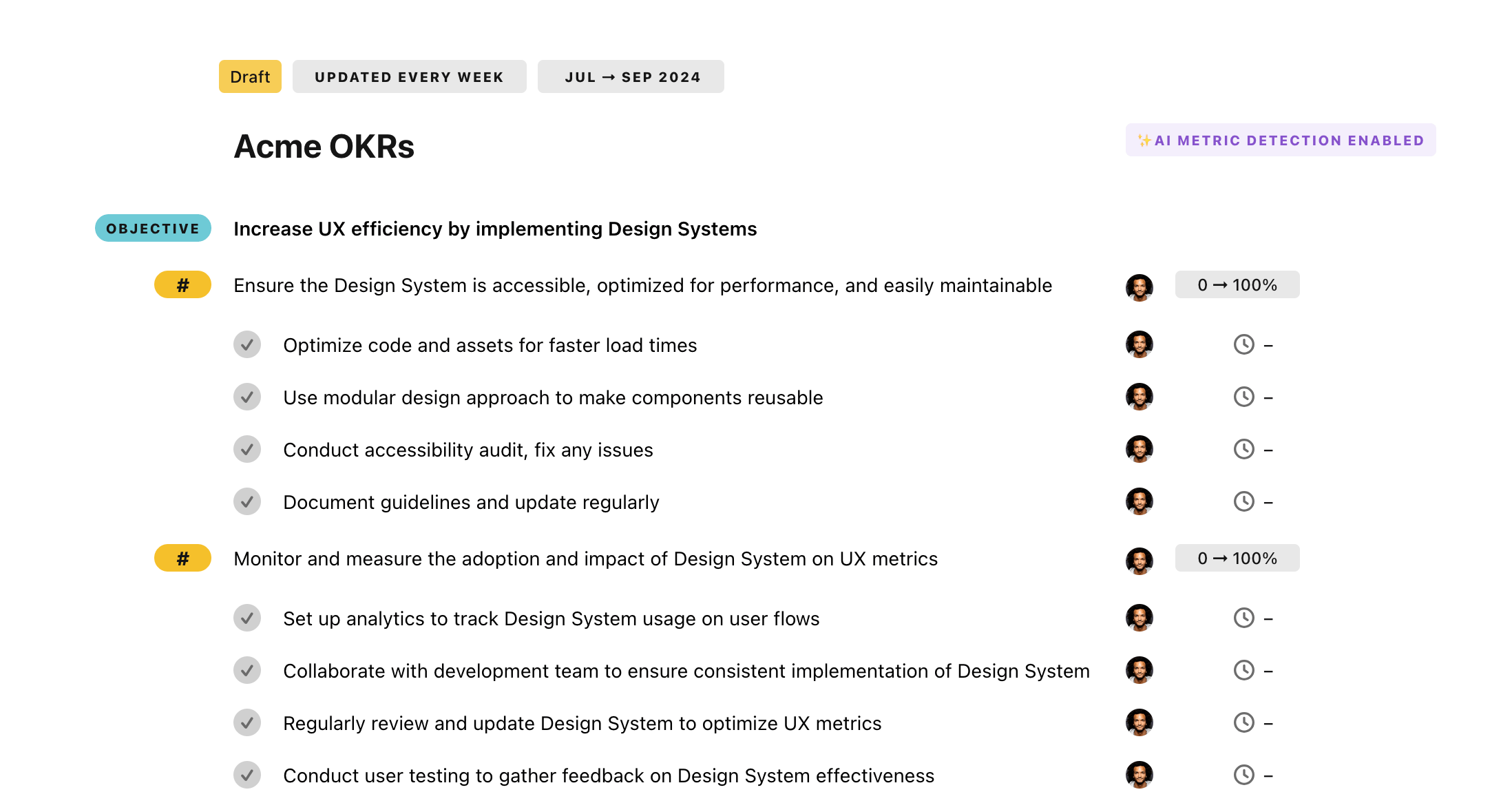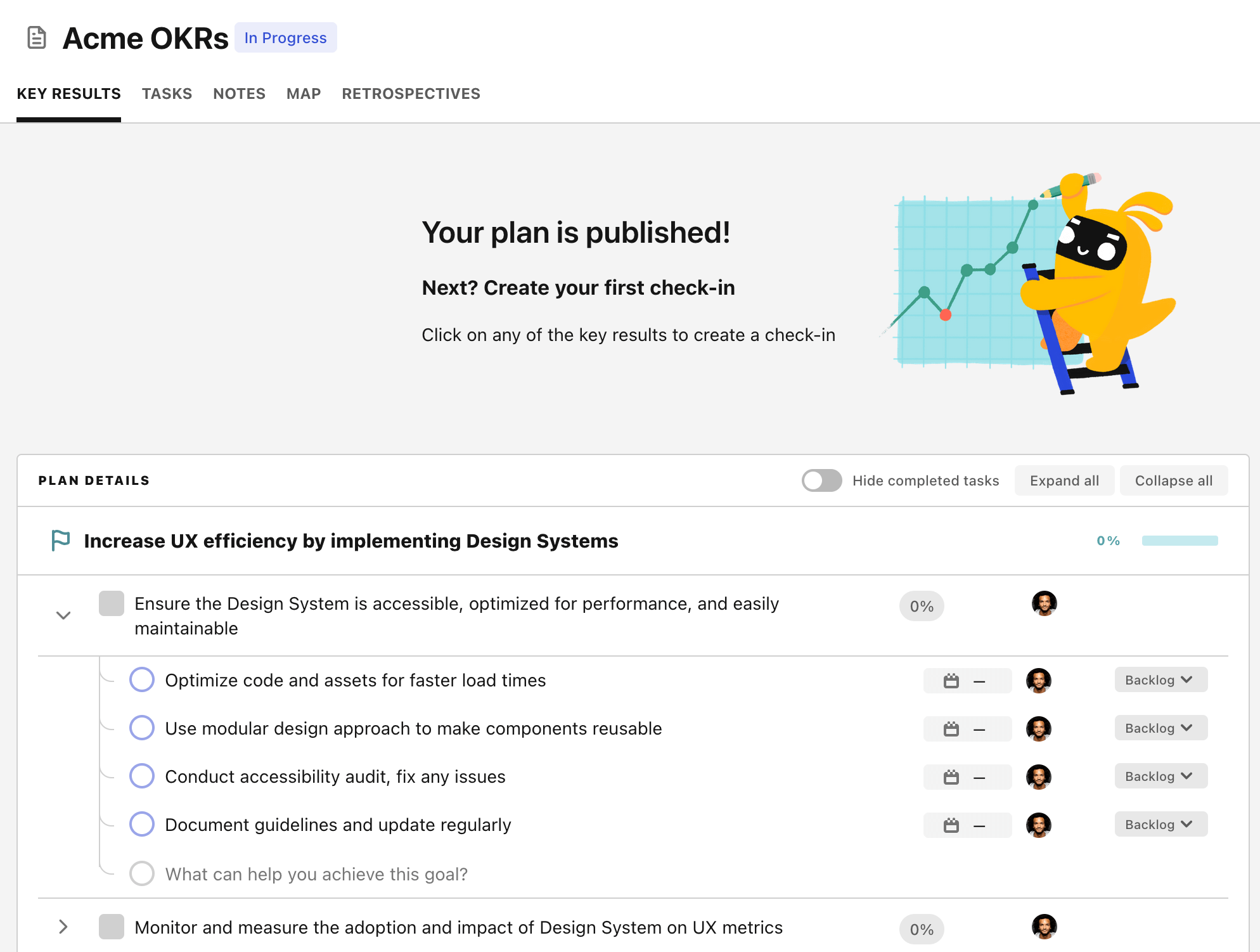OKR template to strengthen team communication for remote workers utilizing Slack
Your OKR template
Secondly, the plan is to increase usage of Slack's collaboration features by 30%. Accomplishing this goal includes sharing a comprehensive guide on Slack's features, incorporating these tools into daily workflows, and conducting training sessions. Sharing success stories occurring from the effective utilization of these tools will also be promoted.
Thirdly, the objective is to augment active participation in team channels by 25%. Tactics include supplying continuous training on effective communication, implementing daily reminders for active participation, sharing success stories of active participants, and arranging team challenges to boost engagement and participation.
Lastly, the goal is to boost the average response time on Slack by 20%, achieved by offering guidance on efficient communication practices, analyzing response time data, implementing productivity tools, and promoting efficient time management techniques to enable quick responses.
ObjectiveStrengthen team communication for remote workers utilizing Slack
KREnhance clarity of messages through a 15% decrease in miscommunication
Develop a standardized communication framework with clear guidelines for effective messaging
Conduct regular trainings and workshops on active listening and verbal/non-verbal communication
Implement a feedback system to address and resolve any miscommunication promptly
Encourage the use of visual aids or diagrams to supplement written or spoken communication
KRIncrease the utilization of Slack's collaboration features by 30%
Create and distribute a comprehensive guide highlighting Slack's collaboration features
Encourage team leaders to incorporate Slack's collaboration tools into their daily workflows
Regularly share success stories and best practices of utilizing Slack's collaboration tools
Host training sessions to teach employees how to effectively utilize Slack's collaboration features
KRImprove participation in team channels by at least 25%
Provide ongoing training and resources on effective communication to support increased participation
Implement a daily reminder to encourage team members to actively participate in channels
Share success stories of active participants to inspire and motivate others to join in
Organize regular team challenges to promote engagement and increase participation in channels
KRIncrease average response time on Slack by 20%
Provide regular training and guidance on effective and efficient communication practices
Analyze response time data to identify bottlenecks and areas for improvement
Implement productivity tools and shortcuts to streamline communication and reduce response time
Encourage team members to adopt time management techniques to prioritize and respond promptly
How to edit and track OKRs with Tability
You'll probably want to edit the examples in this post, and Tability is the perfect tool for it.
Tability is an AI-powered platform that helps teams set better goals, monitor execution, and get help to achieve their objectives faster.
With Tability you can:
- Use AI to draft a complete set of OKRs in seconds
- Connect your OKRs and team goals to your project
- Automate reporting with integrations and built-in dashboard
Instead of having to copy the content of the OKR examples in a doc or spreadsheet, you can use Tability’s magic importer to start using any of the examples in this page.
The import process can be done in seconds, allowing you to edit OKRs directly in a platform that knows how to manage and track goals.
Step 1. Sign up for a free Tability account
Go tohttps://tability.app/signup and create your account (it's free!)
Step 2. Create a plan
Follow the steps after your onboarding to create your first plan, you should get to a page that looks like the picture below.

Step 3. Use the magic importer
Click on Use magic import to open up the Magic Import modal.
Now, go back to the OKR examples, and click on Copy on the example that you’d like to use.

Paste the content in the text import section. Don’t worry about the formatting, Tability’s AI will be able to parse it!

Now, just click on Import from text and let the magic happen.

Once your example is in the plan editor, you will be able to:
- Edit the objectives, key results, and tasks
- Click on the target 0 → 100% to set better target
- Use the tips and the AI to refine your goals
Step 4. Publish your plan
Once you’re done editing, you can publish your plan to switch to the goal-tracking mode.

From there you will have access to all the features that will help you and your team save hours with OKR reporting.
- 10+ built-in dashboards to visualise progress on your goals
- Weekly reminders, data connectors, and smart notifications
- 9 views to map OKRs to strategic projects
- Strategy map to align teams at scale